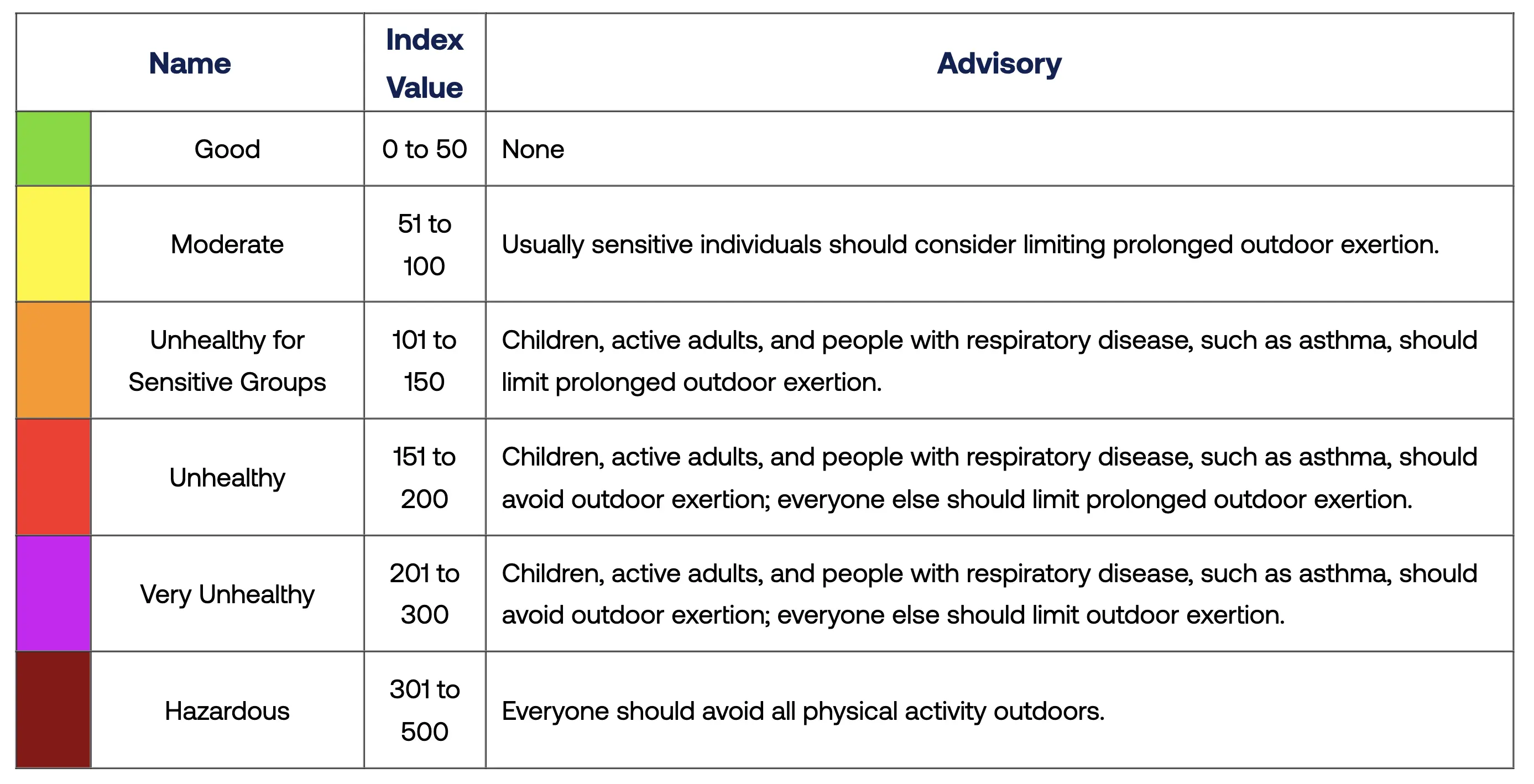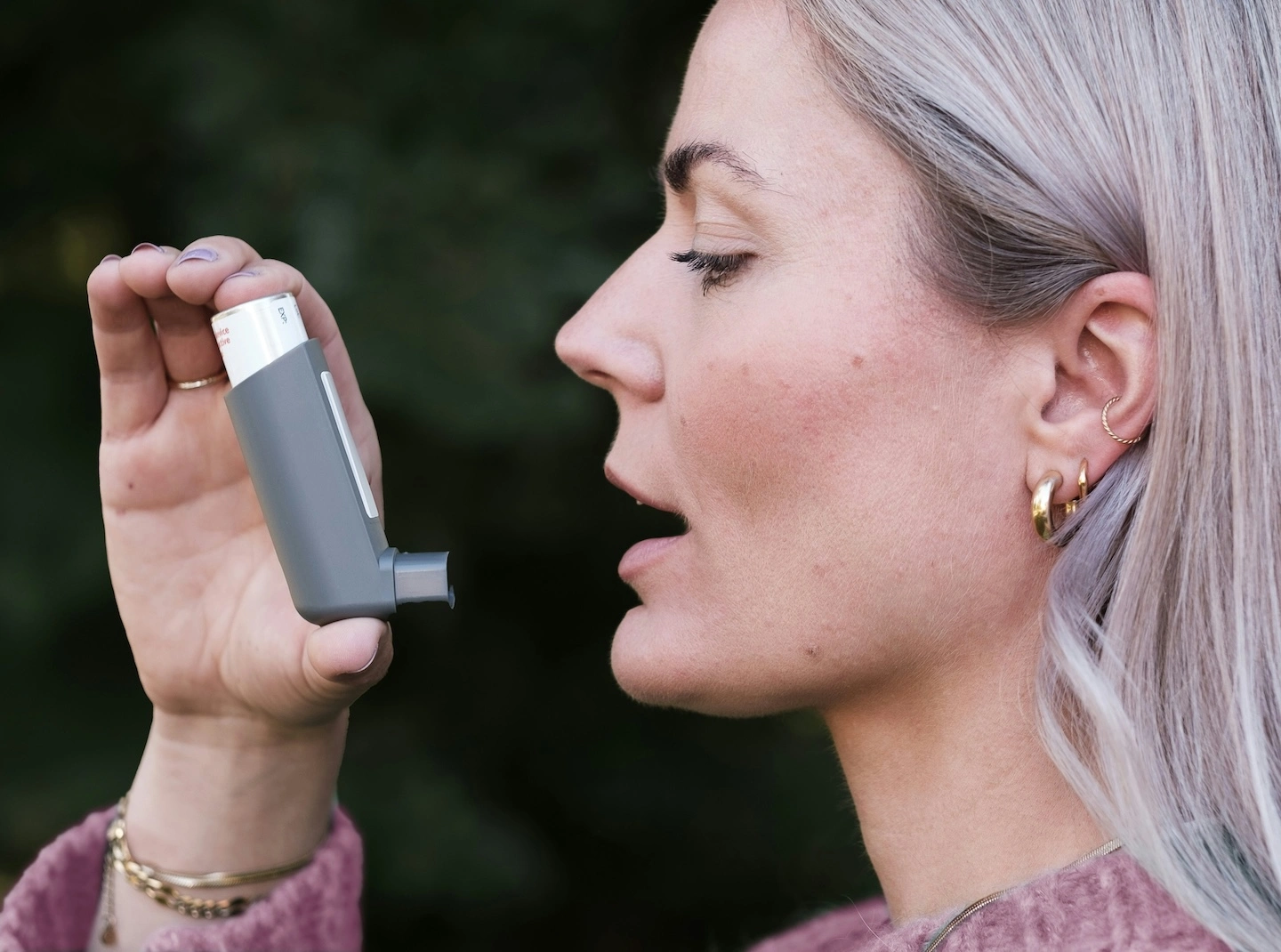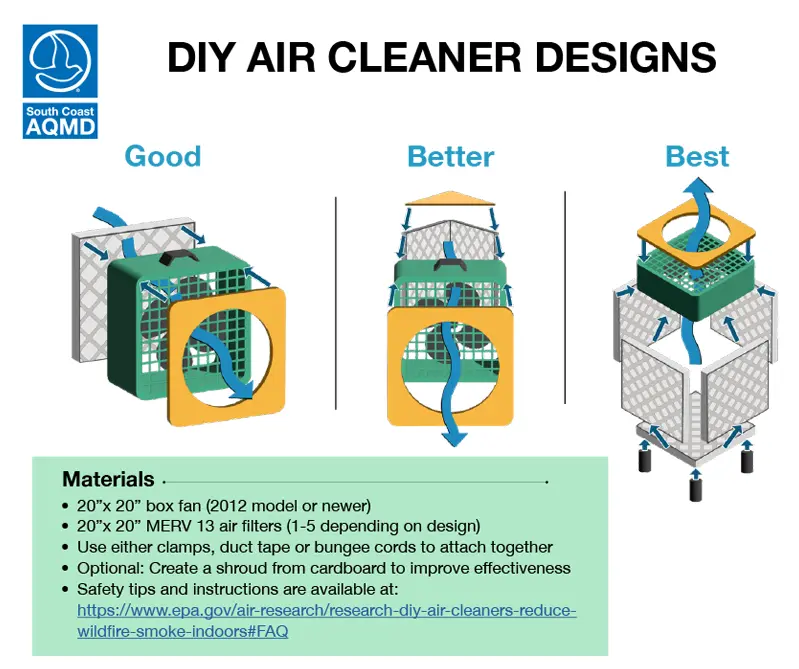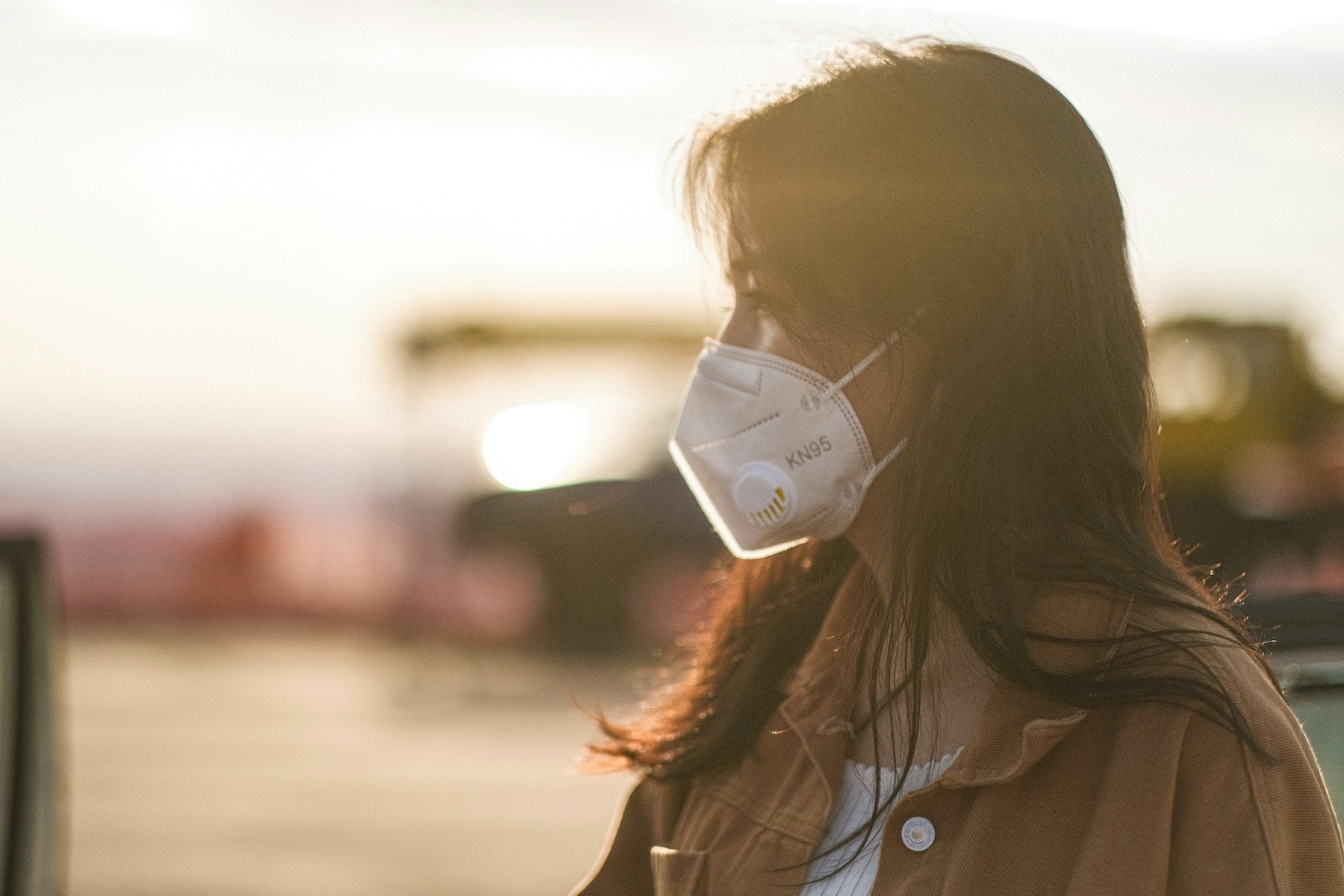Photo by Umid Akbarov on Unsplash
TL;DR: Air pollution causes over 8 million premature deaths each year and poses serious health risks, especially during events like wildfires. Fine particulate matter and toxic gases can enter the lungs and bloodstream, making it important to track your local Air Quality Index (AQI). Vulnerable groups, including children, older adults, and people with pre-existing conditions, should take extra care even at moderate AQI levels. To stay safe, limit outdoor activity on polluted days, wear a well-fitted N95 or KN95 mask, and improve indoor air with proper filtration. Community efforts and accurate air quality monitoring aid in long-term protection.
Air pollution can be dangerous, heavily impacting public health, with an estimated 8.1 million premature deaths attributed to air pollution every year. Harmful fine particulate matter can bypass the body’s defenses, enter the lungs, and even the bloodstream. Fortunately, there are things that individuals can do to protect themselves when the air outside is unsafe to breathe.
When should you take precautions?
Although air quality is an ongoing concern, especially in big cities, some days can be worse than others due to particularly bad urban air pollution, certain weather phenomena, or events such as wildfires. Wildfires, in particular, have been worsening air quality this month in parts of California, Central Canada, and the Northeastern United States.
These circumstances of particularly unhealthy air will be reflected in the Air Quality Index (AQI), typically available from your local air quality management agency or free public resources like Clarity OpenMap. The AQI records five different air pollutants, including ground-level ozone (O3), fine particulate matter (PM2.5), carbon monoxide (CO), nitrogen dioxide (NO2), and sulfur dioxide (SO2). A lower AQI number indicates healthier air quality, and a higher number indicates unhealthy air quality.

It is important to check your local AQI, especially during dangerous events like wildfires, where air pollutants such as carbon monoxide, black carbon, and even particulate matter containing lead, arsenic, and asbestos can linger in the smoke. Check out AirNow’s Fire and Smoke Map to find out your local AQI.

Although AQI is a very good indicator of air quality on the whole, certain air pollutants can go under the radar. For instance, coarse particulate matter (PM10) and some gaseous air toxics are not sensed by most air quality monitors.
In these cases, you must rely on your nose and eyes. If you smell something amiss, such as smoke, or see larger particulate air pollution in the air or on the ground, such as ash, it is a good idea to take precautions even if the AQI is at a healthy level. Usually, however, the harmful gaseous toxics we do not measure will behave the same way as those that we do, cementing the reliability of AQI.
Who is most at risk?
The precautions that you take are dependent on both the local AQI and how at risk you are from air pollution’s adverse effects. Air pollution is most harmful to the following groups:
- Children (under 18)
- Pregnant women
- Older adults (over 65)
- People with diabetes
- Individuals with pre-existing heart and lung disease
Other factors, such as socioeconomic status, engaging in frequent outdoor activity, poor nutrition, and stress, can also make someone more susceptible to air pollution.
Air pollution is responsible for almost 1 in 10 deaths in children under the age of five around the world. Young children exposed to air pollution are more likely to experience adverse health outcomes later in life. Bad air quality can even harm prenatal development.
Older adults face more challenges, particularly from fine particulate matter (PM2.5), since people’s bodies are less able to compensate for the effects of environmental hazards as they age. Older adults are also more likely to have other health conditions, which make them more vulnerable.

If you are a part of a vulnerable group, you may need to take precautions even when the AQI is in the yellow category (51-100) or the orange category (101-150). If you are not a part of a vulnerable group, then you should limit outdoor exertion when the AQI is in the orange category, and begin to take further precautions when the AQI is 151 or higher.
What can you do to stay safe?
When the AQI is unhealthy, 101 or higher for most people, there are several steps you can take to protect yourself from the harmful effects of air pollution.
Stay indoors
Try to reduce the time you spend outdoors. If possible, reduce strenuous outdoor activities, like exercise, which will cause you to breathe faster and take in more air pollutants. Avoid exercising near pollution sources such as high-traffic areas.
If you have no choice but to go outside, you should ideally wear a fitted N95 or KN95 mask. Keep on the lookout for any harmful symptoms such as wheezing, coughing, throat pain, eye irritation, and chest tightness.

If you have any heart or lung conditions, such as asthma, make sure that you have at least five days' worth of medication on hand. Contact your doctor to make a plan in case your symptoms worsen.
Frequently check your local AQI for any changes.
Protecting air indoors
When indoors, close your windows and doors to keep out ambient air pollution. If you have an air conditioning system, run it on the recirculate setting. Avoid using any fan or cooler with an outside air intake. If the heat makes it dangerous to stay inside without ventilation, seek an alternative shelter.
An air filter, such as a HEPA air cleaner, can also help keep air pollutants out and maintain clean indoor air. Filters labeled “MERV13” or higher are most effective for removing smoke particles. Small portable air cleaners are designed to filter a single room or small area, whereas central furnace or HVAC filters are designed to filter air throughout the home. Maintain these air cleaners well and replace the air conditioning filter regularly to effectively clean the air.

Avoid generating a significant amount of air pollution indoors as well, or else the air inside will not be much better than that outdoors. Do not use any wood-burning appliances, such as fireplaces, and avoid using candles or incense, which can also reduce air quality. If you have a power generator, never use it indoors. Generators can produce carbon monoxide gas, so they should be kept at least 20 feet away from your home. You should also make sure that you have adequate carbon monoxide alarms.
Looking forward
Beyond individual steps that one can take to protect against air pollution, community groups, companies, and governments all have a role to play in safeguarding public health.
More sustainable business practices, political advocacy, better public transportation, and congestion pricing all help protect communities from harmful air pollution. Schools can take extra precautions to safeguard children, universities can conduct relevant research, and governments can implement green policies and supply resources for people in danger. Firefighters and fire prevention strategies can mitigate smoke.
One of the first steps to improving air quality is investing in proper ambient air pollution monitoring. Learn how to build a solution with Clarity.
